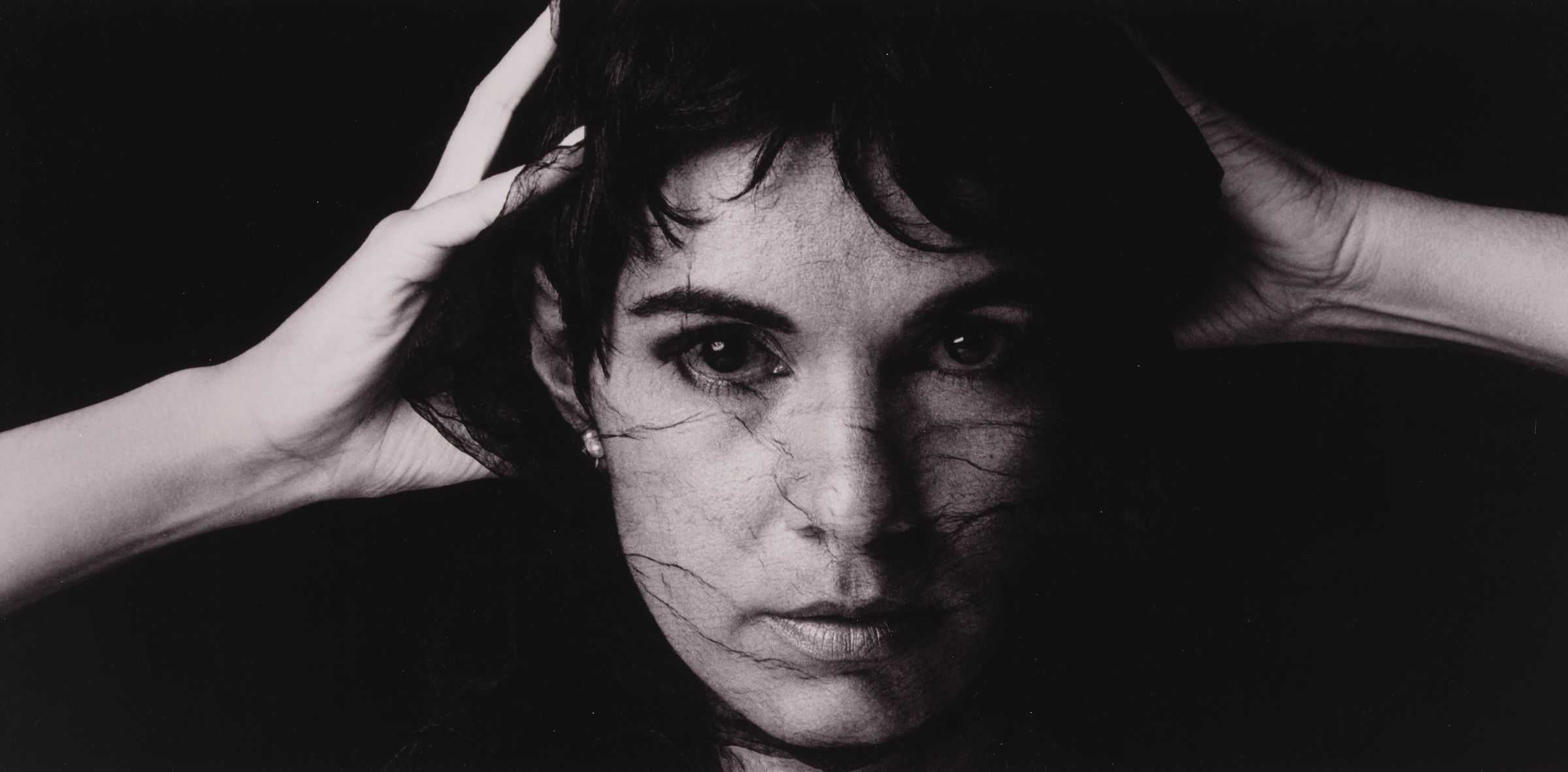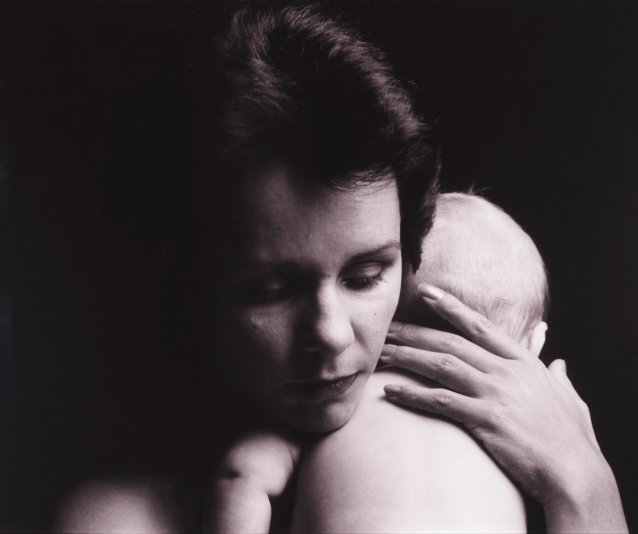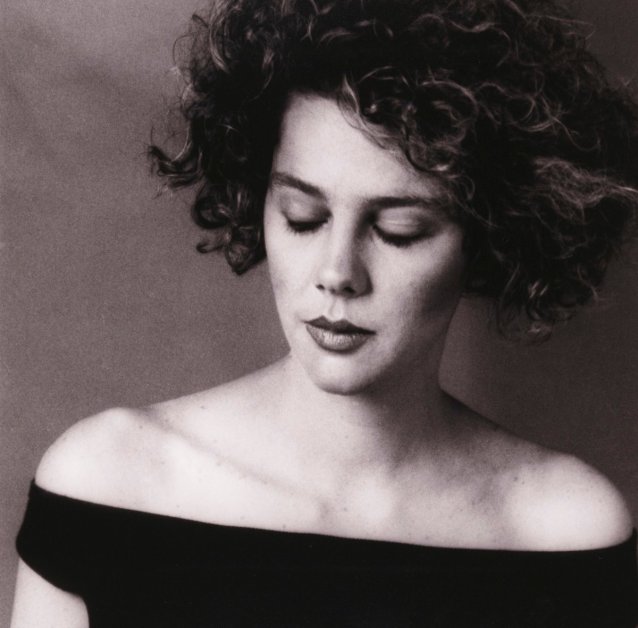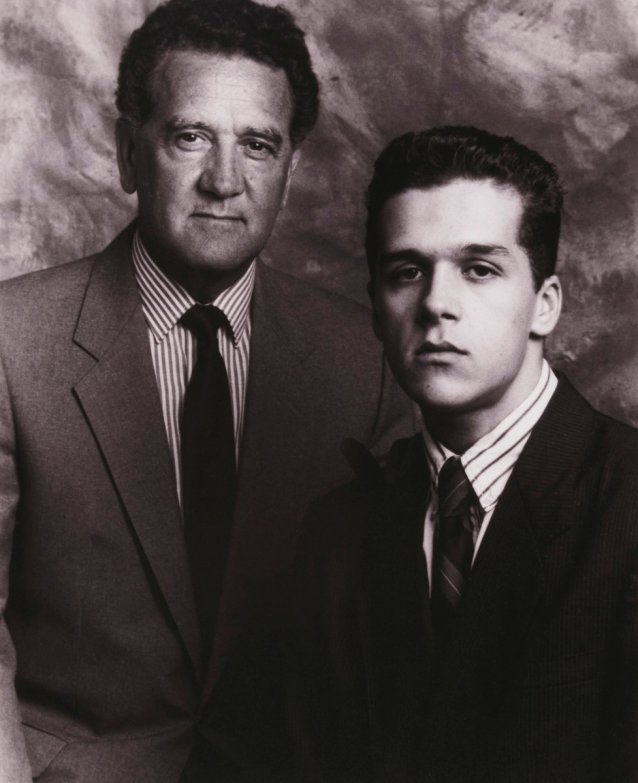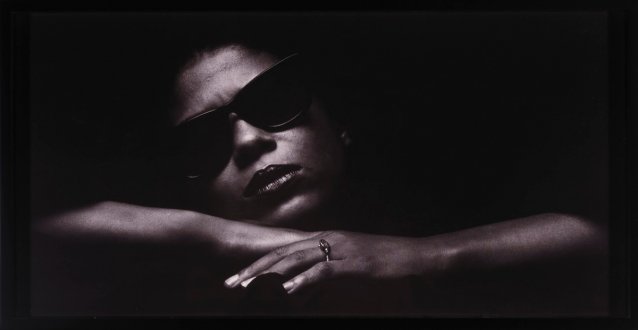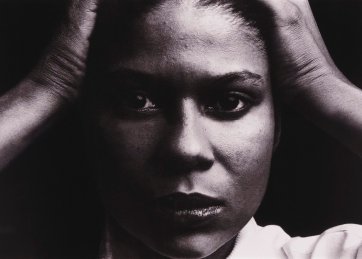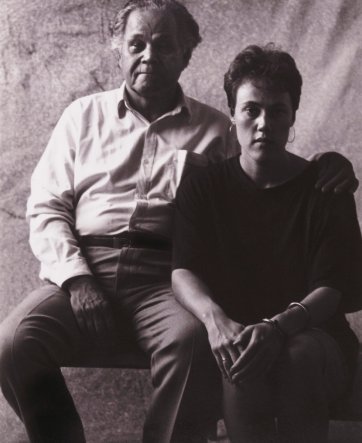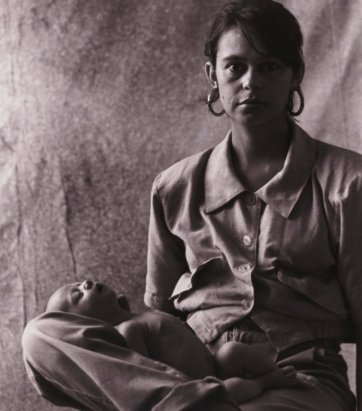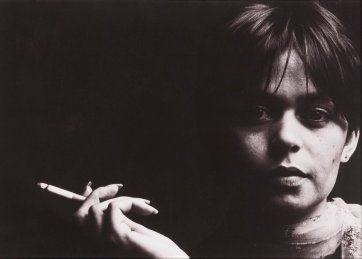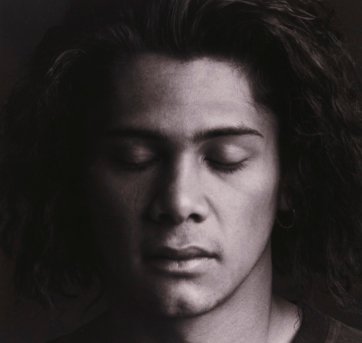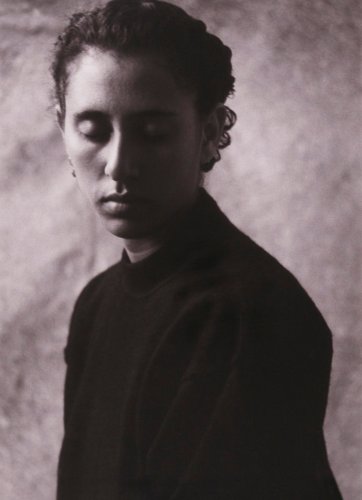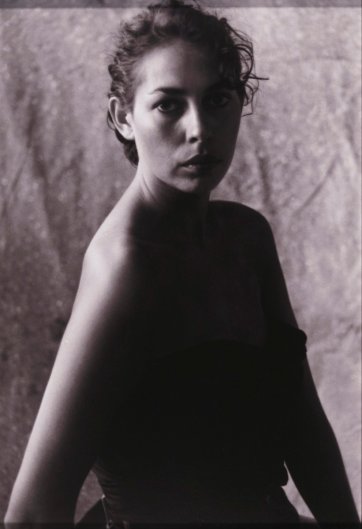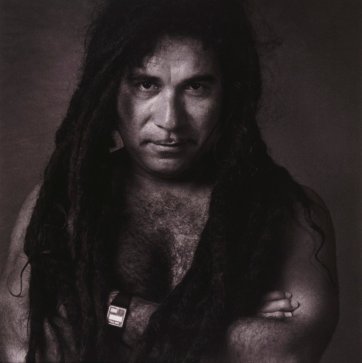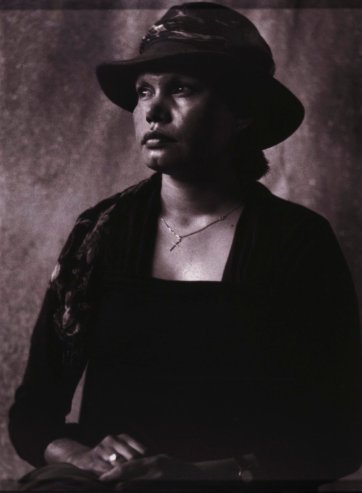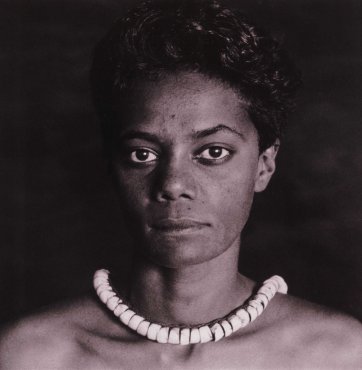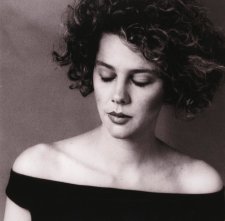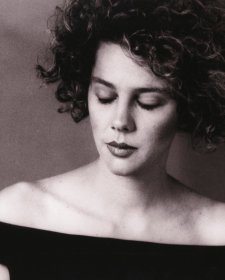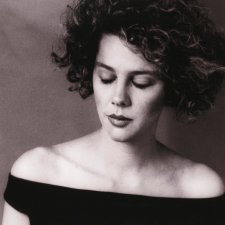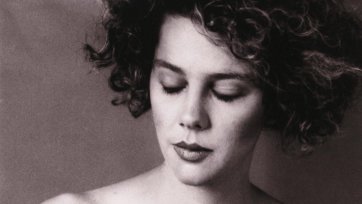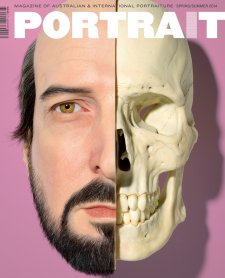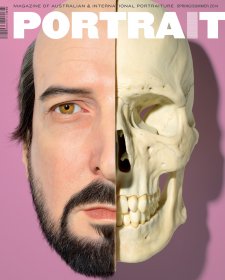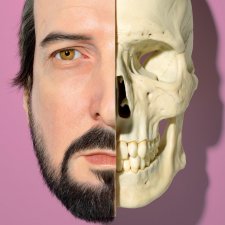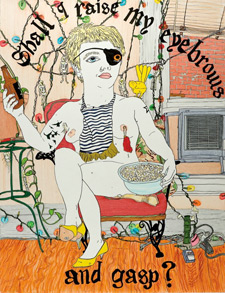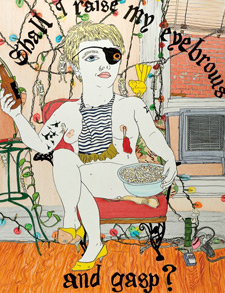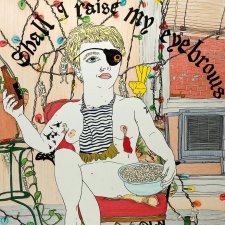Michael Riley’s fifteen black and white photographic portraits recently acquired by the National Portrait Gallery and displayed in the exhibition Beauty and Strength: Portraits by Michael Riley (22 March – 17 August 2014) were taken by the Wiradjuri/Kamilaroi artist between 1984 and 1990. They are some of his earliest works, representing a pantheon of Aboriginal Australia who forged historical and cultural change and continue to contribute to our culture and politics. These portraits are some of the earliest sympathetic photographic images of Aboriginal people taken by a contemporary Aboriginal artist. For Michael, whose life bridged rural reserves and a cosmopolitan city, they came from a conscious desire to present positive images of a talented activist urban community. In an interview in 1989 he said: ‘I want to get away from the ethnographic image of Aboriginal people in magazines. A lot of images you see of Aboriginal people are like Aboriginal people living in humpies, or drunk on the street or, Aboriginal people marching in protests … I just want to show young Aboriginal people in the cities today; a lot of them are very sophisticated and lot of them very glamorous. A lot of them have been around the world and have an air of sophistication which you don’t see coming across in newspapers and programs. I’m just talking about positive things really, positive images of Aboriginal people.’
- About us
- Support the Gallery
- Venue hire
- Publications
- Research library
- Organisation chart
- Employment
- Contact us
- Make a booking
- Onsite programs
- Online programs
- School visit information
- Learning resources
- Little Darlings
- Professional learning
